In this review, we delve into the much-anticipated game ‘Dragon Age: The VeilGuard’, which has unfortunately turned out to be a colossal disappointment. Despite the legacy of the Dragon Age franchise, this installment fails to deliver the depth and storytelling that fans have come to expect.
Table of Contents
- Introduction to the Review
- The Romance System: A Step Backwards
- World Design and Exploration Challenges
- Combat Mechanics: Shallow and Repetitive
- Characters and Aesthetics: A Visual Disappointment
- Facial Animations and Emotional Disconnect
- Pacing Issues and Mission Structure
- The Tone and Atmosphere of the Game
Introduction to the Review
As we dive deeper into the intricacies of Dragon Age: The VeilGuard, it’s crucial to understand the expectations that come with a franchise of this magnitude. Fans have eagerly awaited a continuation of the rich narratives and character development that have defined the series. Unfortunately, this installment has fallen short in numerous ways, leaving many players disillusioned.
Initial Impressions of Dragon Age: The VeilGuard
Upon starting Dragon Age: The VeilGuard, the initial excitement quickly turned into disappointment. The game opens with a familiar setting, yet it fails to establish a compelling narrative. The first few hours felt promising, but it soon became apparent that the depth and complexity expected from a Dragon Age title were noticeably absent.
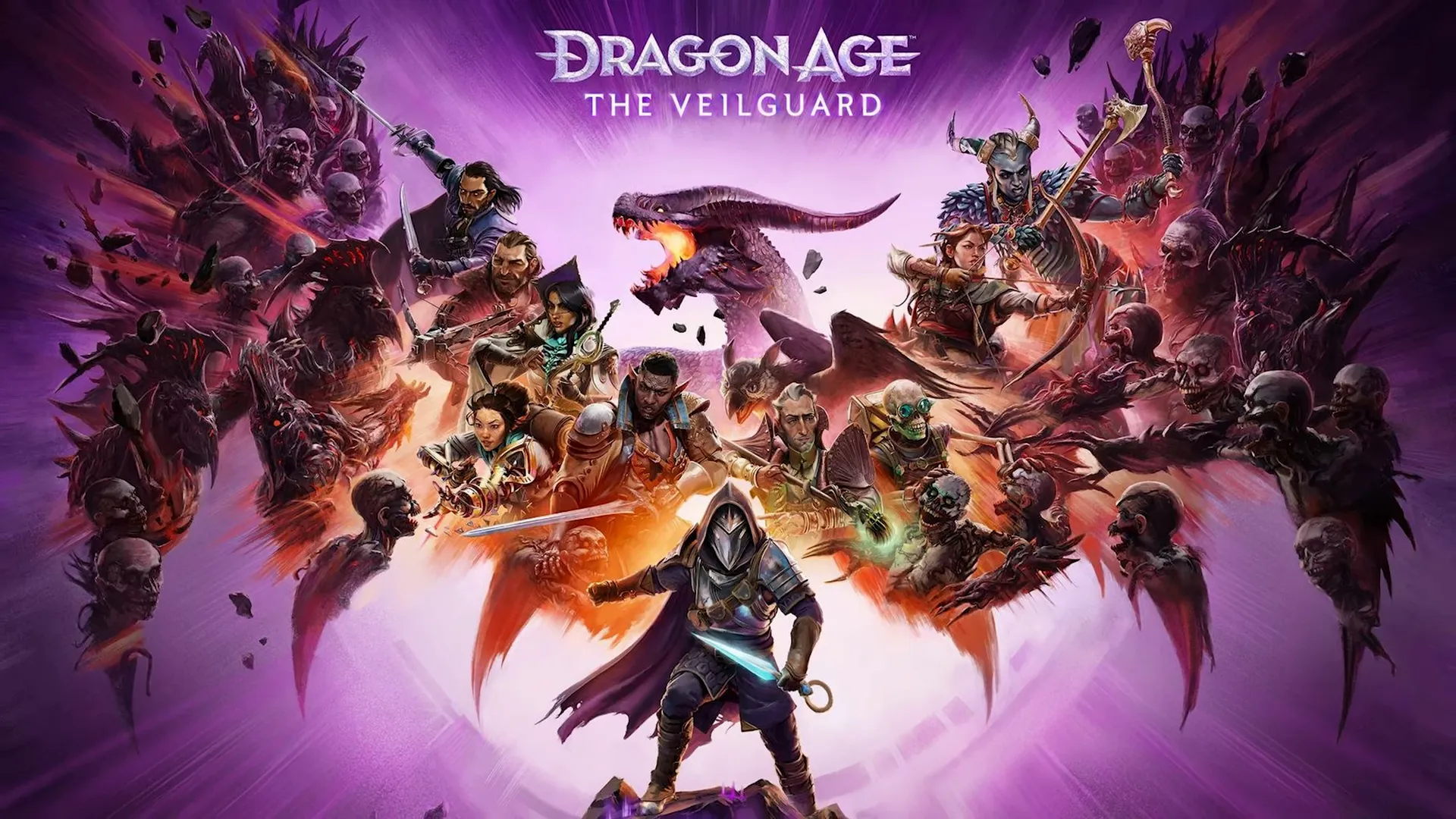
A Colossal Disappointment Compared to Previous Titles
Comparing Dragon Age: The VeilGuard to its predecessors reveals a stark contrast in quality. The previous titles captivated players with intricate plots and memorable characters. In contrast, this installment feels like a shallow imitation, lacking the emotional weight that defined earlier entries. The stakes feel lower, and the world feels less alive.
Lack of Modernization in Game Design
One of the most glaring issues with Dragon Age: The VeilGuard is its adherence to outdated game design principles. While the gaming industry has evolved, this title clings to mechanics that feel dated. Combat lacks variety, and the world design resembles that of older titles rather than embracing modern advancements.
- Combat feels repetitive and uninspired.
- World design lacks the intricacy expected in today’s RPGs.
- Quest structures are linear and predictable, limiting player agency.
Writing and Characterization Issues
The writing in Dragon Age: The VeilGuard is perhaps its most significant downfall. Characters lack depth, and dialogue often feels forced. Unlike previous games, where character interactions were rich and layered, here they seem superficial. The banter between companions lacks the charm and wit fans have come to love.
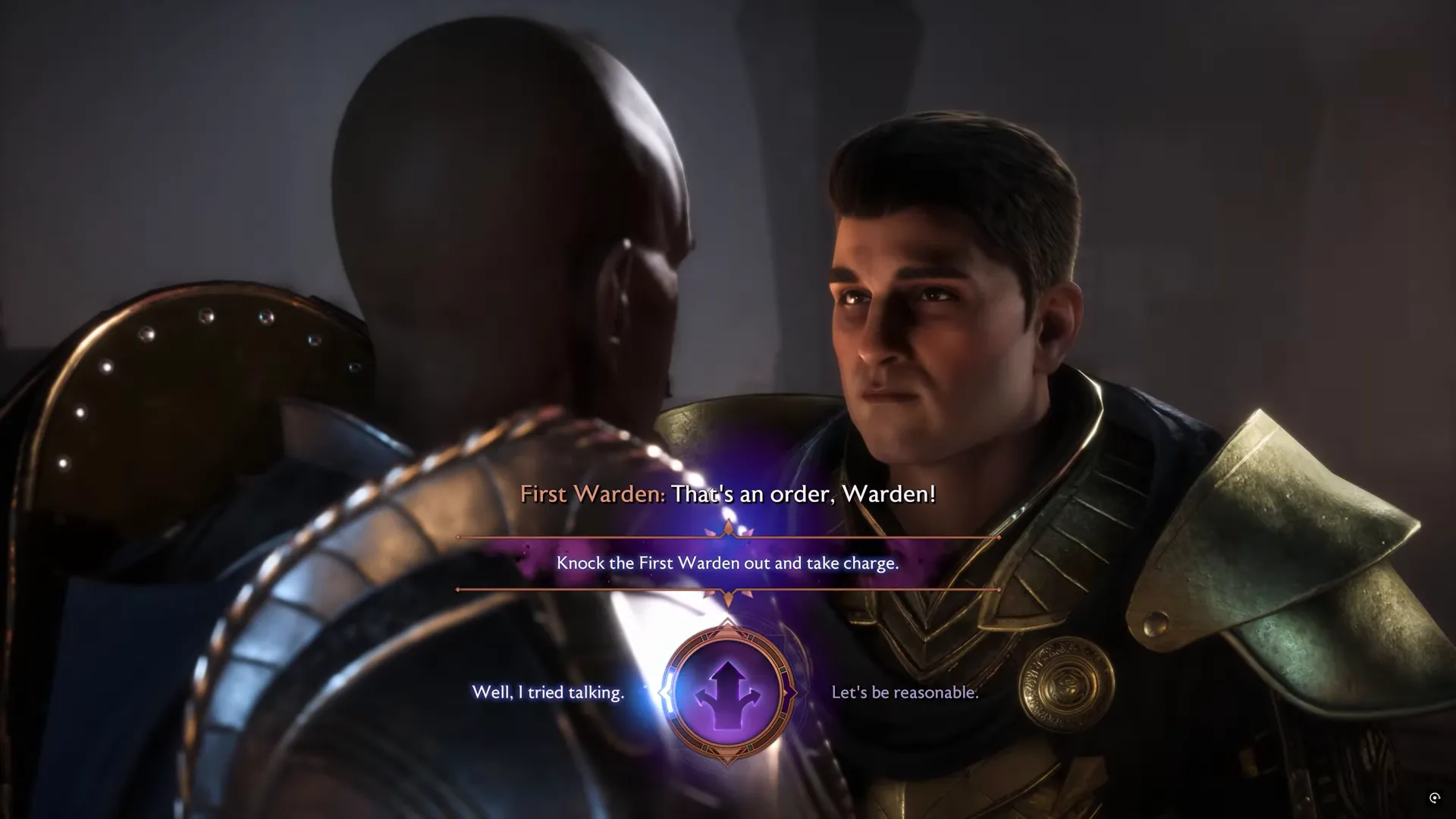
Outdated Relationship Building Mechanics
Romance and relationships have always been a hallmark of the Dragon Age series. However, in The VeilGuard, these mechanics feel outdated. The reliance on simplistic choices leads to predictable outcomes, removing the nuance that made previous relationships feel genuine. The romance system lacks the depth and consequence that players expect.
- Romantic interactions feel forced and lack emotional resonance.
- Choices often lead to the same outcomes, diminishing replay value.
- Supporting systems that enhance relationship building are noticeably absent.
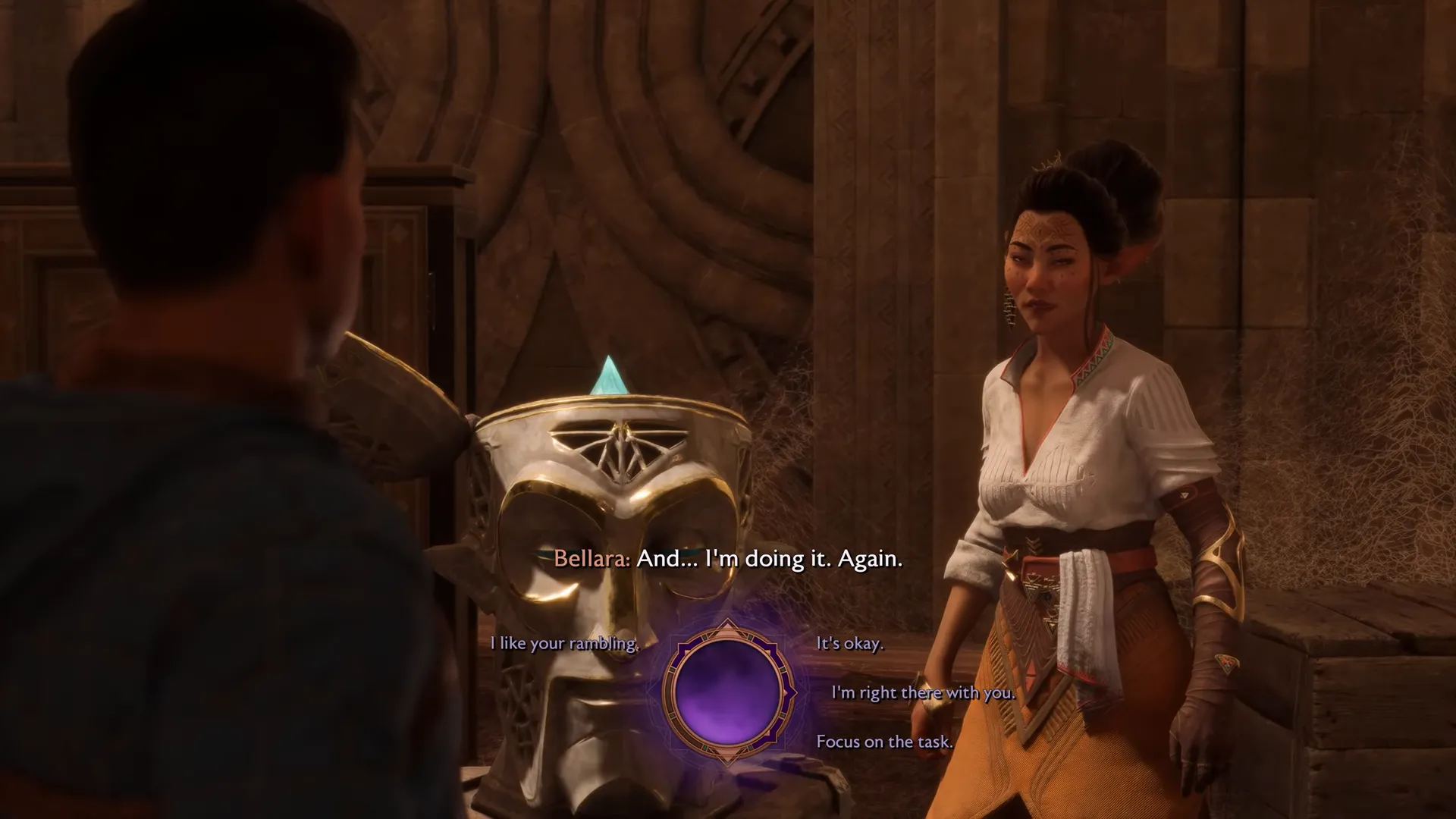
The Romance System: A Step Backwards
The romance system in Dragon Age: The VeilGuard is a significant step backwards from previous iterations. Once a hallmark of character interaction, the romance mechanics now feel rudimentary and uninspired. Players are presented with choices that lack depth, leading to predictable outcomes that strip away the excitement of pursuing relationships.
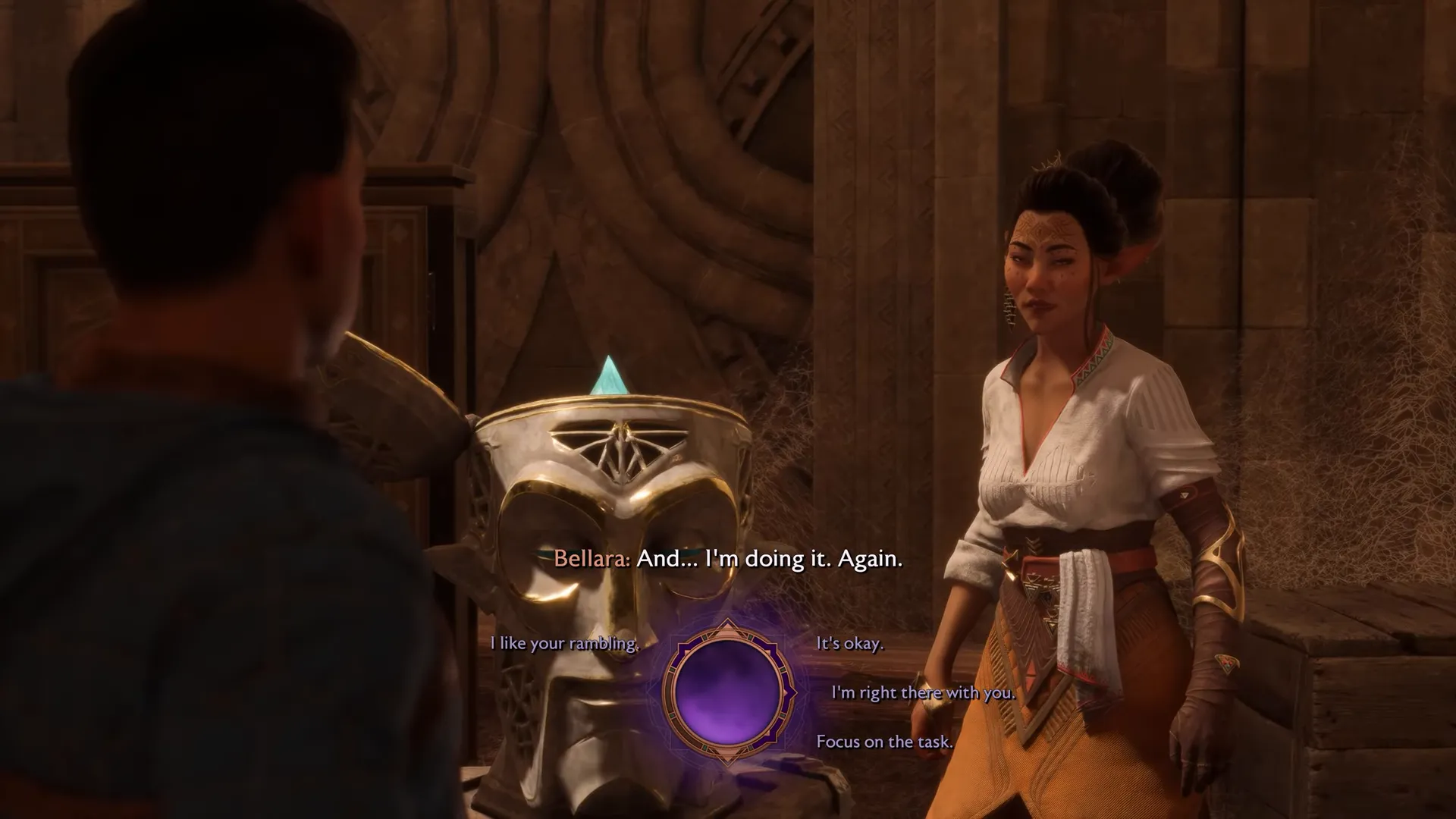
Previously, romance options were nuanced, allowing for meaningful connections between characters. In contrast, the current iteration feels shallow, with interactions that fail to resonate emotionally. This change has left many players feeling disconnected from the characters they are meant to bond with.
- Romantic dialogues often lack emotional weight.
- Character development during relationships is minimal.
- Consequences of romantic choices feel inconsequential.
Ultimately, the romance system in Dragon Age: The VeilGuard diminishes the overall experience. What was once a thrilling aspect of gameplay has been reduced to a series of formulaic interactions that fail to engage players on a deeper level.
World Design and Exploration Challenges
The world design in Dragon Age: The VeilGuard presents several challenges that hinder the exploration experience. Although the environments are visually stunning, the layout and design choices often feel restrictive. Players are met with linear pathways that limit their ability to explore and engage with the world around them.
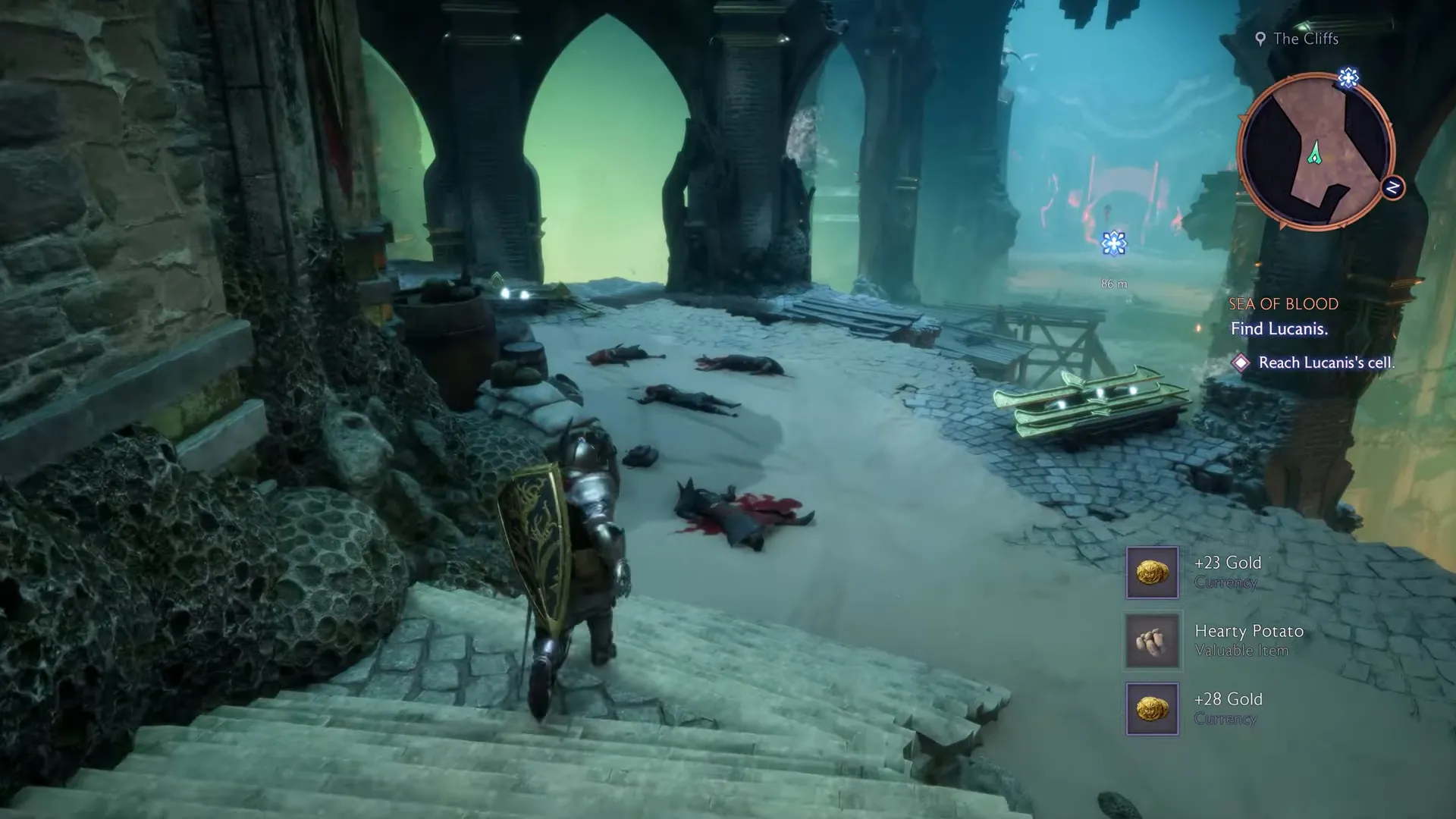
Furthermore, the game lacks the intricate details and hidden secrets that made previous titles so engaging. Players often find themselves moving from one quest marker to another without the sense of discovery that is vital in an RPG. This lack of exploration diminishes the feeling of immersion in the world of The VeilGuard.
- Quest markers dominate the landscape, overshadowing exploration.
- Environmental storytelling is minimal, leaving players wanting more.
- Fast travel options reduce the incentive to explore.
While the graphics are impressive, the overall design choices detract from the sense of adventure that fans have come to expect from the Dragon Age franchise. The potential for a rich, immersive world is present, but it ultimately falls short due to poor execution.
Combat Mechanics: Shallow and Repetitive
The combat mechanics in Dragon Age: The VeilGuard are disappointingly shallow and repetitive. While previous titles offered a mix of strategy and action, this installment simplifies combat to a series of button mashes. The lack of variety in attacks and abilities leads to a monotonous experience that quickly becomes tiresome.
Furthermore, enemy encounters often feel predictable, lacking the challenge that players crave. The AI behavior is uninspired, making battles feel less dynamic and engaging. This stagnation in combat mechanics detracts from the overall enjoyment of the game.
- Limited combat options lead to repetitive gameplay.
- Enemy AI does not present a significant challenge.
- Strategies are minimal, reducing the need for tactical thinking.
Ultimately, the combat system in The VeilGuard fails to innovate, leaving players longing for the complexity and excitement of previous Dragon Age titles.
Characters and Aesthetics: A Visual Disappointment
The character designs in Dragon Age: The VeilGuard have sparked considerable debate among fans. While the game attempts to present a stylized aesthetic, the results are less than impressive. Characters often resemble animated figures rather than the richly detailed individuals players have come to expect.
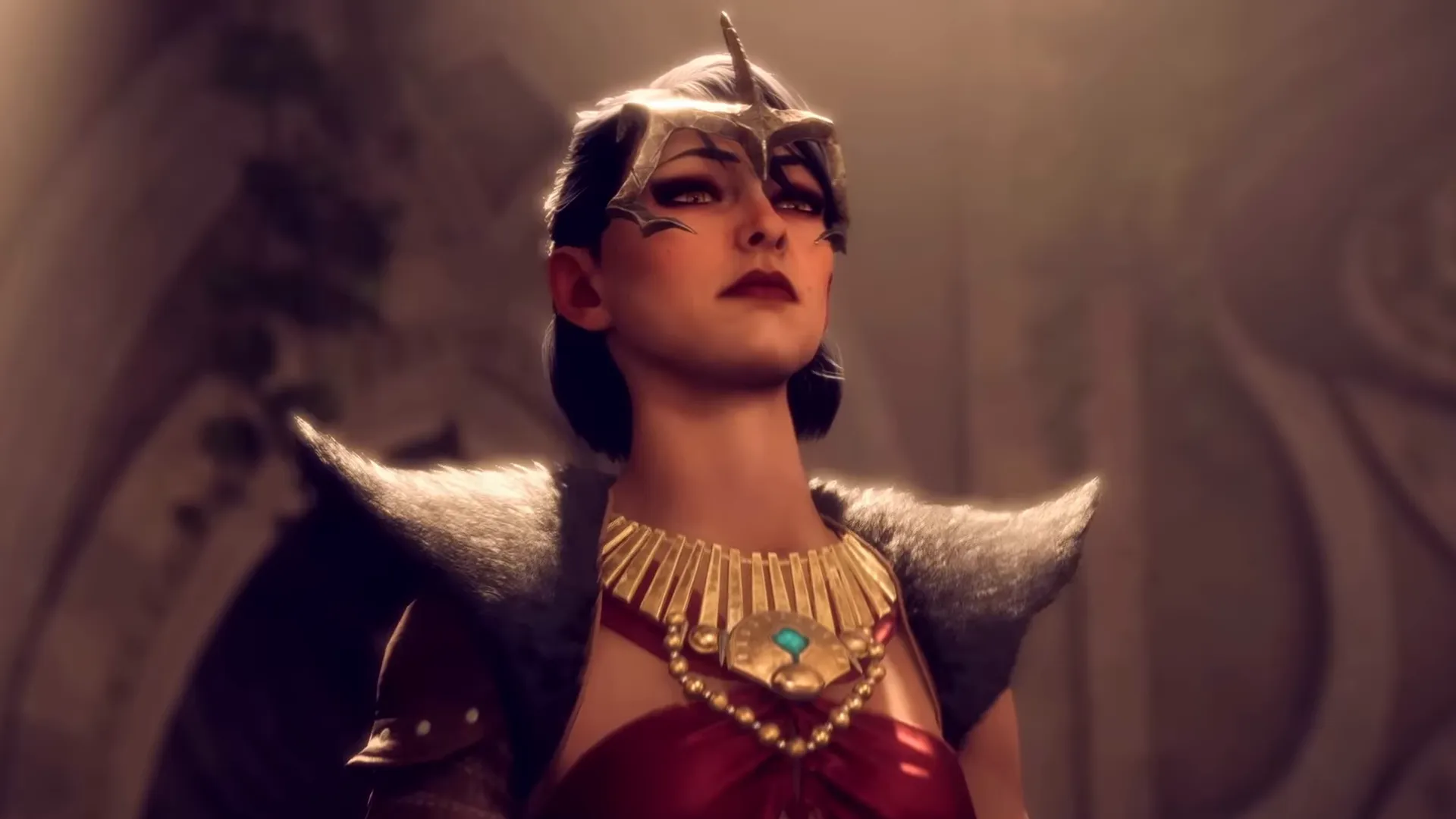
Returning characters appear altered in ways that may alienate long-time fans. The redesigns lack the depth and complexity that made these characters memorable. This visual downgrade affects the emotional connection players feel with their companions.
- Character models lack detail and realism.
- Returning characters have inconsistent designs compared to previous games.
- The overall aesthetic feels disconnected from the franchise’s identity.
This shift in visual style detracts from the overall presentation of the game. Players may find it difficult to invest emotionally in characters that do not resonate with their established identities.
Facial Animations and Emotional Disconnect
Facial animations in Dragon Age: The VeilGuard are a significant area of concern. The outdated technology fails to convey the emotional depth necessary for engaging storytelling. During critical moments, characters often display expressions that do not match the intensity of the dialogue.
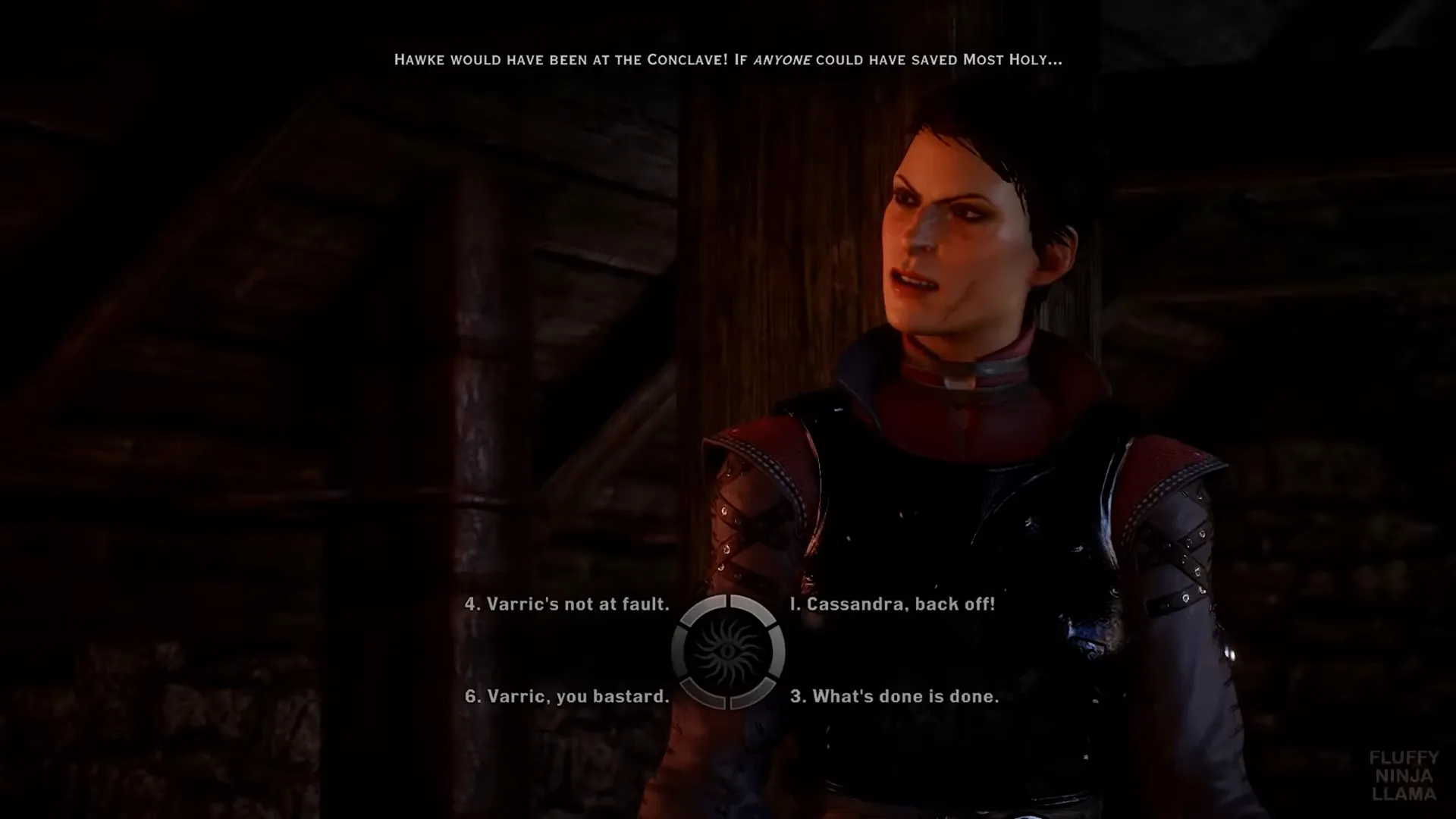
This disconnect between voice acting and facial expressions undermines the emotional impact of key scenes. Players may find it challenging to connect with characters when their expressions do not reflect their feelings accurately. The overall effect is one of detachment, making it difficult to invest in the narrative.
- Facial animations lack expressiveness, reducing emotional engagement.
- Voice acting and facial expressions do not align, creating dissonance.
- Character emotions are often lost in translation, impacting storytelling.
As a result, the game struggles to deliver the emotional weight that is a cornerstone of the Dragon Age experience. Players may find themselves disengaged from the story due to this significant shortcoming.
Pacing Issues and Mission Structure
Pacing issues plague Dragon Age: The VeilGuard, hampering the overall flow of the game. Missions often feel drawn out or rushed, leading to a disjointed experience that disrupts immersion. Players may find themselves bored during lengthy segments or overwhelmed during rapid transitions.
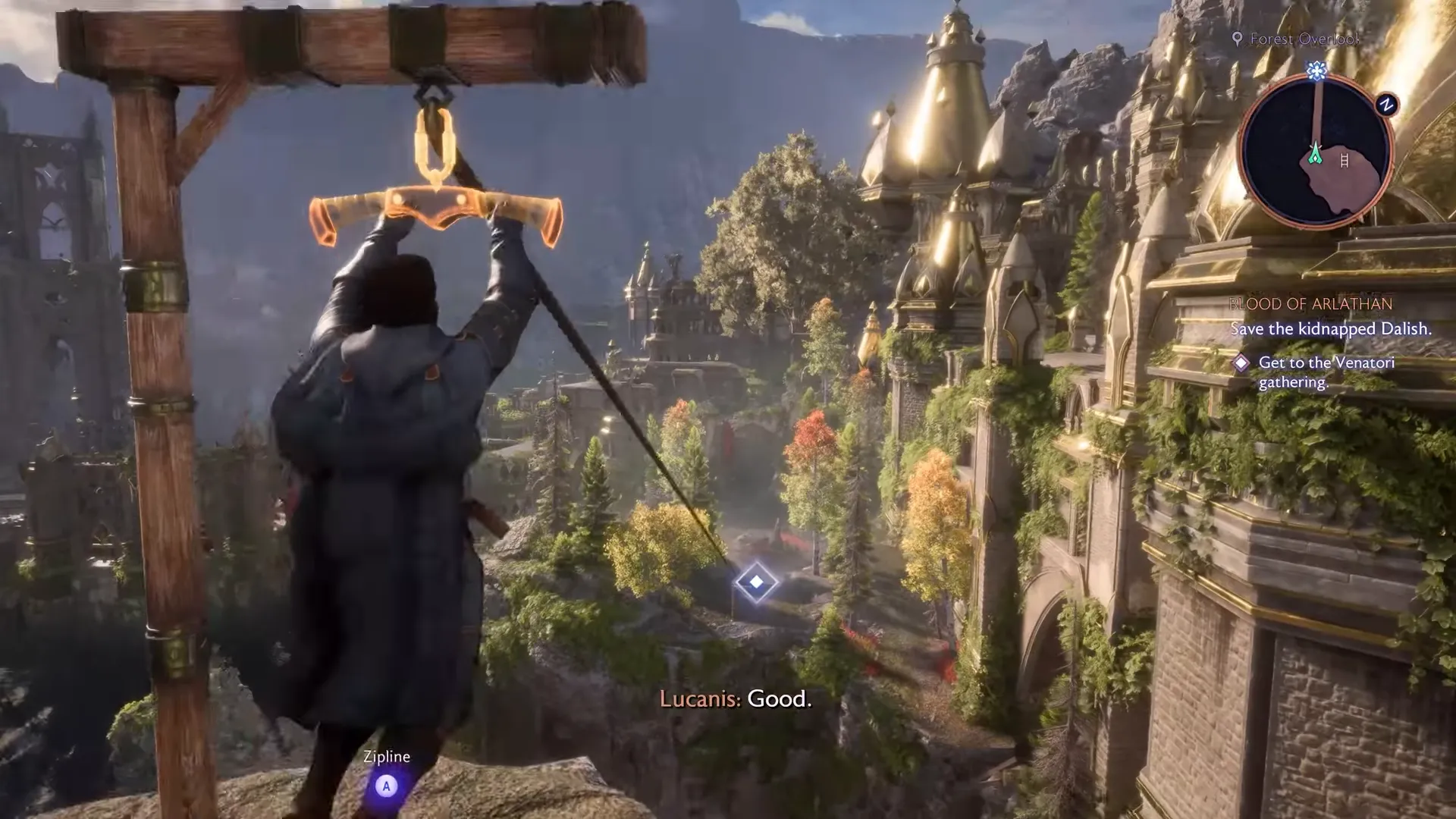
The mission structure also lacks variety, often falling into predictable patterns. Players may grow weary of the same objectives repeated throughout the game, reducing the excitement of completing quests. This repetitive structure detracts from the sense of accomplishment that should accompany mission completion.
- Mission design lacks creativity, leading to a sense of monotony.
- Pacing inconsistencies disrupt immersion and engagement.
- Player investment wanes due to repetitive objectives.
Ultimately, the pacing and mission structure in Dragon Age: The VeilGuard undermine the narrative and gameplay experience, leaving players wanting a more cohesive and engaging journey.
The Tone and Atmosphere of the Game
The overall tone of Dragon Age: The VeilGuard is one of lightheartedness, which starkly contrasts with the darker themes traditionally explored in the series. While humor and levity have always been part of the franchise, this installment leans heavily into a playful and juvenile atmosphere. The absence of genuine tension or serious consequences significantly dampens the immersive experience.
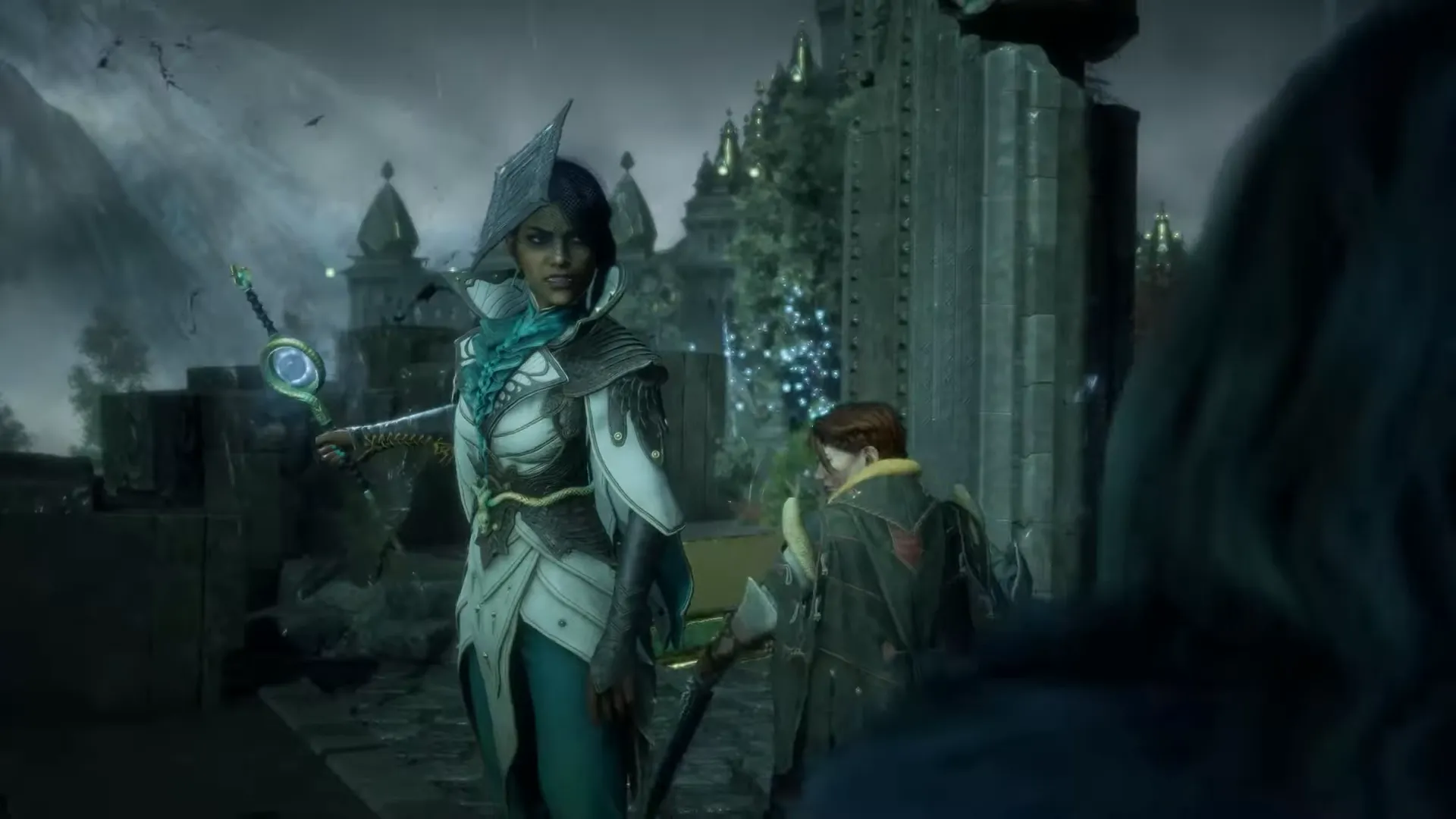
Moments that should evoke fear or suspense often dissolve into silliness. For instance, the introduction of necromancy is treated almost comically, with characters engaging in banter that trivializes the gravity of their situation. This tonal imbalance detracts from the narrative’s potential, leaving players yearning for the emotional depth that the series is known for.
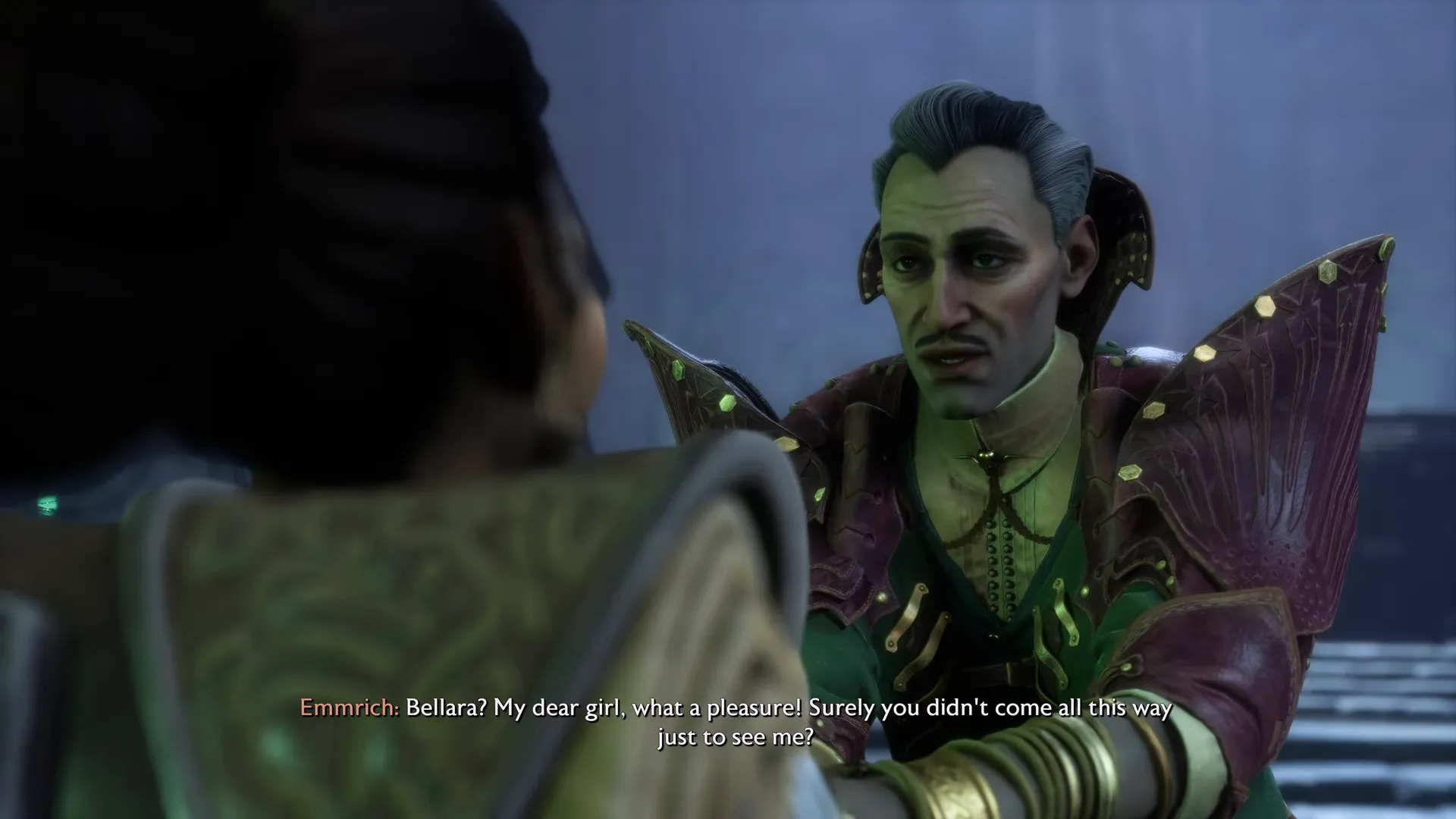
As a result, many players may find it difficult to take the threats posed by the antagonists seriously. The whimsical tone overshadows any attempts at creating a dramatic narrative, leading to an overall feeling of banality throughout the gameplay experience.
Missed Opportunities with the Antagonists
Dragon Age: The VeilGuard presents a unique opportunity to explore complex antagonists, particularly with the inclusion of Solus, a character rich in depth and nuance from previous titles. However, the game squanders this potential by relegating him to a secondary role, overshadowed by two generic Elven gods. Their portrayal lacks any real intrigue or development, reducing them to mere caricatures of evil.
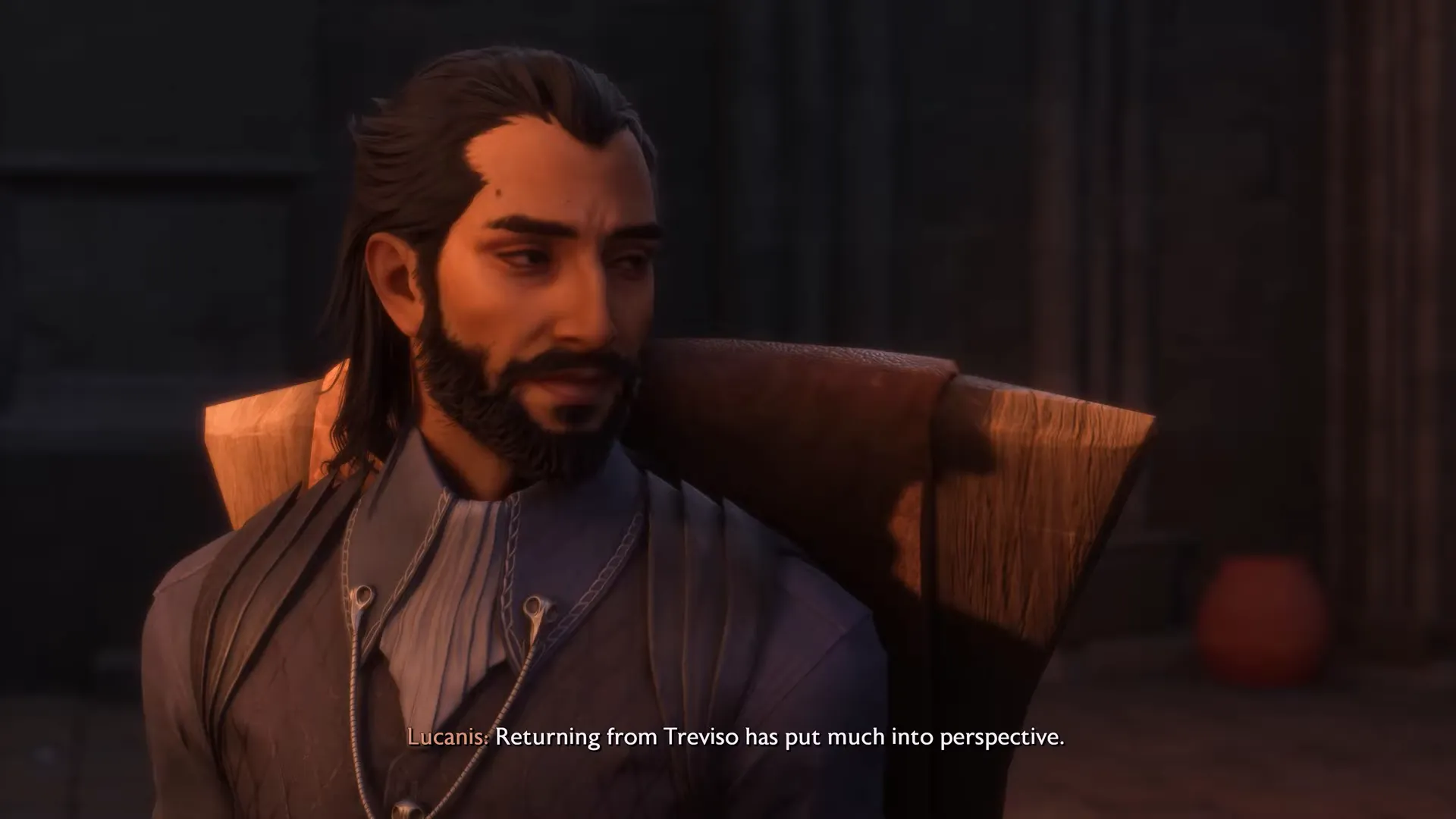
This missed opportunity to flesh out Solus as a central antagonist is a significant flaw. Instead of engaging with the moral complexities that could arise from his character, players are left chasing after one-dimensional villains with predictable motives. The absence of a compelling antagonist undermines the stakes of the story and diminishes the overall impact of the narrative.
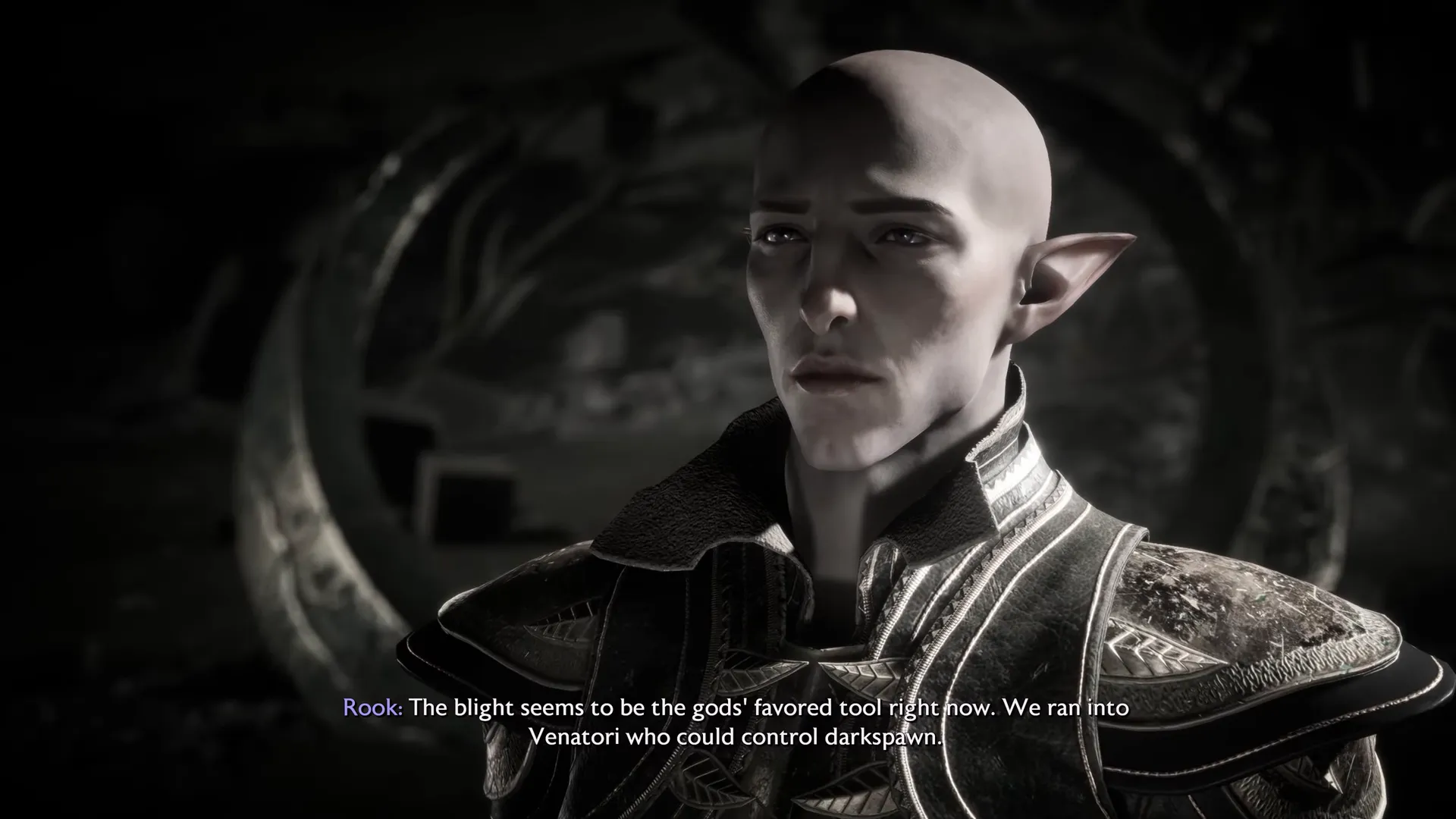
Final Thoughts and Recommendations
Ultimately, Dragon Age: The VeilGuard feels like a missed opportunity for the franchise. While it tries to introduce new elements and a fresh narrative, the execution falls flat. The lighthearted tone, lack of meaningful choices, and shallow character development contribute to an experience that fails to resonate with fans.
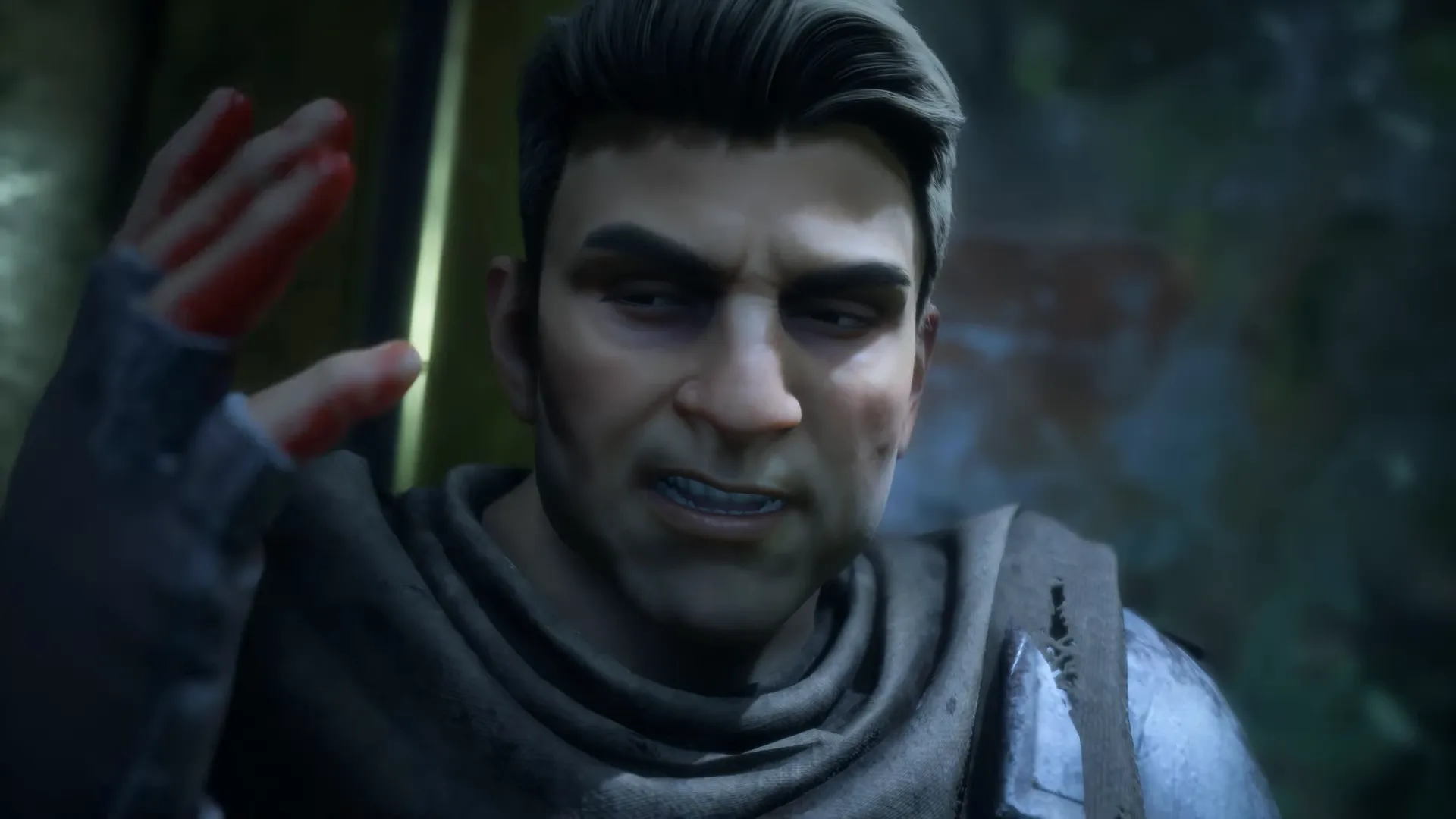
If you’re a die-hard Dragon Age fan, you might still find some enjoyment in the game, but temper your expectations. For those new to the series, it may be best to explore earlier titles that showcase the franchise’s strengths. In the end, Dragon Age: The VeilGuard is a reminder of the high bar set by its predecessors and the importance of maintaining the core elements that made the series beloved.
FAQs About Dragon Age: The VeilGuard
- What platforms is Dragon Age: The VeilGuard available on?The game is available on PC, PlayStation, and Xbox platforms.
- Is there a multiplayer mode in the game?No, Dragon Age: The VeilGuard is a single-player experience focused on narrative and character interactions.
- Can I romance characters in the game?Yes, the game includes a romance system, but it has been criticized for its simplicity and lack of depth compared to previous titles.
- How does the combat system work?The combat system is action-oriented but lacks variety and depth, leading to repetitive gameplay.
- Are there choices that affect the story?While the game offers choices, many feel superficial and do not significantly impact the overall narrative.
Leave a Reply